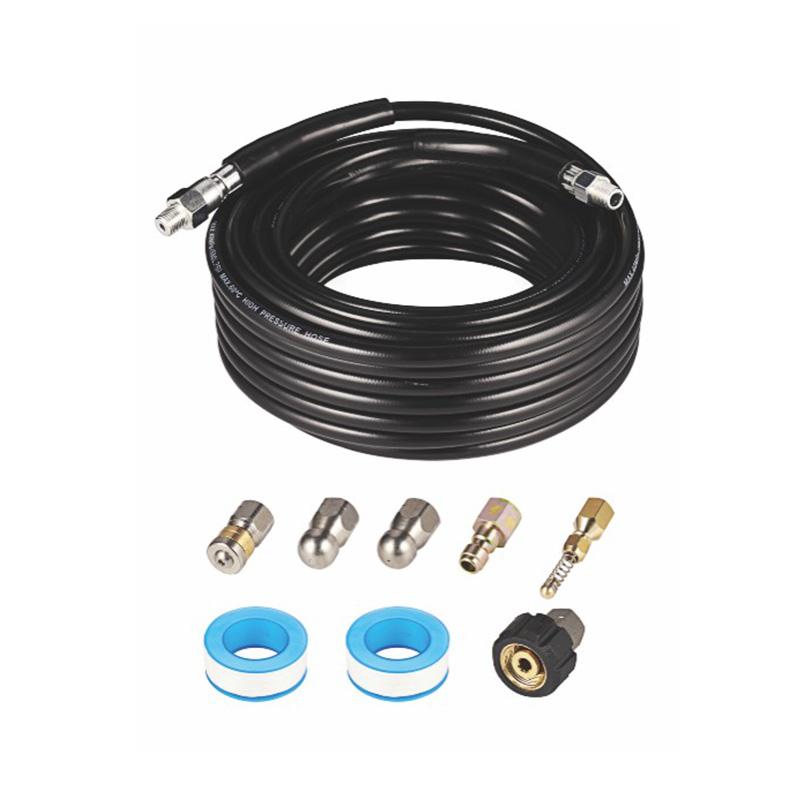The Design Principles of High Pressure Rubber Hoses

Pressure Rating
The pressure rating of a high pressure rubber hose is a crucial factor in its design. It is determined by the type and arrangement of the reinforcement layers. The higher the number of reinforcement layers and the tighter the weave, the greater the pressure the hose can withstand. Manufacturers use standardized tests to determine the burst pressure and working pressure of the hose. The working pressure is typically a fraction of the burst pressure to provide a safety margin.
Flexibility and Bending Radius
Flexibility is another key consideration in the design of high pressure rubber hoses. The hose must be able to bend and flex without kinking or restricting fluid flow. The bending radius, which is the radius the hose can bend without damage, is influenced by the thickness and composition of the reinforcement layers. A smaller bending radius allows the hose to fit into tight spaces, making it suitable for complex systems.
Temperature Resistance
High pressure rubber hoses are often used in environments with severe temperatures. The materials used in the hose must be able to withstand both high and low temperatures without degrading. For instance, some hoses are designed to operate in temperatures ranging from -40°C to 150°C. Special additives and compounds are used to enhance the temperature resistance of the rubber, ensuring that the hose remains flexible and durable under all conditions.
- Art
- Causes
- Crafts
- Dance
- Drinks
- Film
- Fitness
- Food
- Jocuri
- Gardening
- Health
- Home
- Literature
- Music
- Networking
- Alte
- Party
- Religion
- Shopping
- Sports
- Theater
- Wellness


